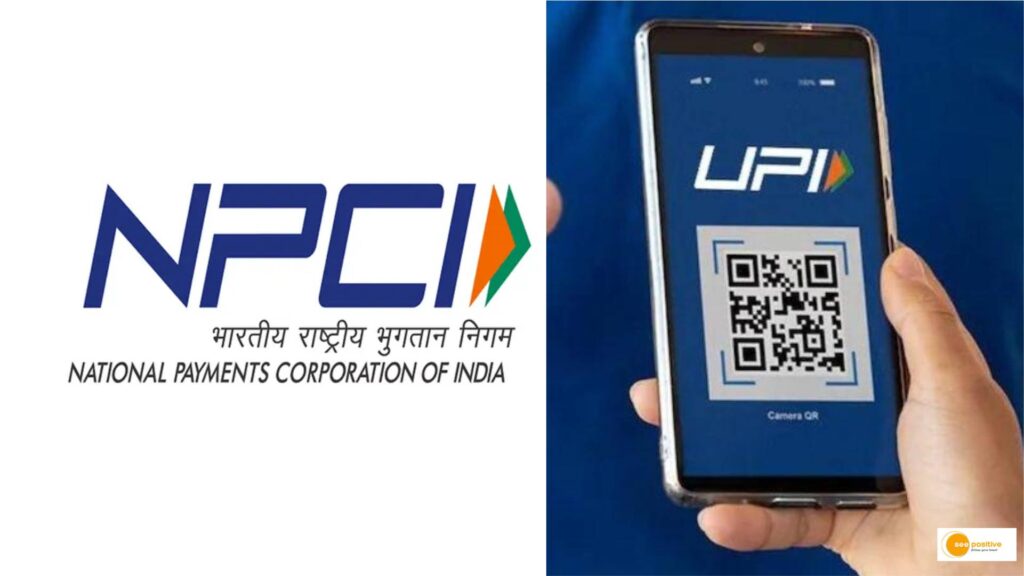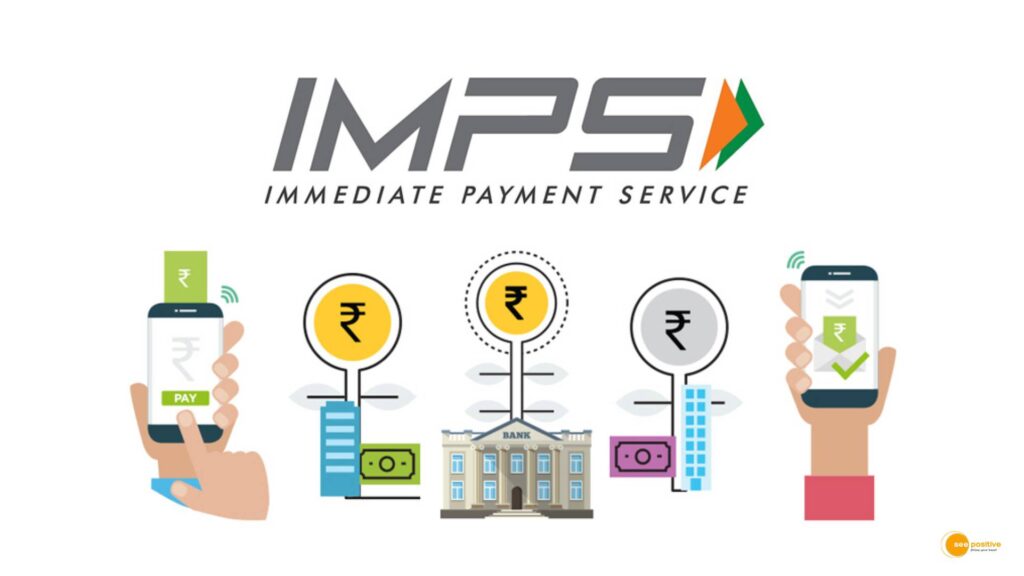Good news for those who transfer money online! Starting February 1, the National Payments Corporation of India (NPCI) has made changes to the rules for Immediate Payment Service (IMPS). Now, you can send money by just using the receiver’s mobile number and bank account name. No more hassle of adding beneficiaries and remembering IFSC codes!
What is NPCI?

National Payments Corporation of India (NPCI), an initiative of the Reserve Bank of India (RBI) and Indian Banks’ Association (IBA), is an umbrella organisation for operating retail payments and settlement systems in India. NPCI has ten core promoter banks—State Bank of India, Punjab National Bank, Bank of Baroda, Canara Bank, Bank of India, HDFC Bank, Citibank, HSBC, and ICICI Bank.
NPCI has made its valuable contribution to the banking sector through its products from time to time. Some of the products are: NFS, IMPS, RuPay, UPI, BHIM etc.
What is IMPS?

IMPS, or Immediate Payment Service, is a popular way to transfer money. It works through different channels like Internet banking, mobile banking apps, bank branches, ATMs, SMS, and IVRS.
The Big Change:
No More Adding Beneficiary and IFSC Code: The National Payment Corporation Of India. has announced that starting February 1, users can transfer money through IMPS without the need to add a beneficiary or IFSC code. Instead, you only need the receiver’s mobile number and bank account name. This simplifies the process and makes online money transfers more convenient.
Important Notice from National Payment Corporation Of India (NPCI):
A circular from National Payment Corporation Of India (NPCI) urges all members to comply with the new rule by January 31, 2024. Remitter banks are instructed to maintain a mapping of Member Bank Names with default MMID and make necessary UI/UX enhancements for a smooth transition.
Understanding IMPS Transactions:
Currently, IMPS processes transactions through two modes: P2A (Account + IFSC) and P2P (Mobile Number + MMID). With the new rule, the P2P mode becomes even more straightforward, requiring only the receiver’s mobile number and bank account name.
Handling Multiple Accounts Linked to a Mobile Number:
For users with multiple accounts linked to one mobile number, the beneficiary bank will credit the primary/default account based on the customer’s consent. If no consent is provided, the bank will decline the transaction to ensure security.
Step-by-Step Guide on How to Transfer Money Through IMPS:
- Open your mobile banking app.
- Click on ‘Fund Transfer.’
- Choose ‘IMPS.’
- Enter the beneficiary’s MMID (Mobile Money Identifier) and your MPIN (Mobile Personal Identification Number).
- Input the amount you want to transfer.
- Click on ‘Confirm’ to proceed.
- You may receive an OTP on your registered mobile number.
- Enter the OTP and complete the transaction.
Positive Takeaway
These changes in the IMPS rules by National Payments Corporation of India make online money transfers simpler and more user-friendly. Now, you can send money without the hassle of adding beneficiaries and IFSC codes, just by using the receiver’s mobile number and bank account name. Embrace the convenience of the new rules and enjoy a smoother experience when transferring money online!


